Home>Technology>Smart Home Devices>How To Set Up Your Own Wi-Fi Router


Smart Home Devices
How To Set Up Your Own Wi-Fi Router
Modified: January 5, 2024
Learn how to set up your own Wi-Fi router for seamless connectivity with smart home devices. Follow our step-by-step guide for easy installation and optimal performance.
(Many of the links in this article redirect to a specific reviewed product. Your purchase of these products through affiliate links helps to generate commission for Storables.com, at no extra cost. Learn more)
**
Introduction
**
Welcome to the exciting world of smart home devices! As technology continues to advance, the integration of smart home devices has become increasingly prevalent, offering convenience, efficiency, and enhanced living experiences. At the heart of this interconnected ecosystem lies the humble yet powerful Wi-Fi router. In this comprehensive guide, we will delve into the essential aspects of setting up your own Wi-Fi router, empowering you to create a robust and secure network for your smart home devices.
Whether you are a tech enthusiast or a newcomer to the realm of smart home technology, understanding the fundamentals of Wi-Fi routers and their setup is crucial in optimizing your home network. From selecting the right router to configuring its settings and ensuring robust security measures, this guide will equip you with the knowledge and confidence to embark on this rewarding journey.
So, let's embark on this enlightening exploration of Wi-Fi routers, where we will unravel the intricacies of setting up your own network and harnessing the full potential of smart home devices. Get ready to elevate your living space with seamless connectivity and unparalleled convenience!
Key Takeaways:
- Setting up a Wi-Fi router for your smart home involves choosing the right router, positioning it well, and ensuring strong security measures to enjoy seamless connectivity and enhanced smart home experiences.
- Troubleshooting common Wi-Fi router issues, such as slow speeds and limited range, can help maintain a robust and efficient network, ensuring uninterrupted connectivity for your smart home devices.
Read more: How To Set Up A Wi-Fi Router
Understanding Wi-Fi Routers
Before delving into the setup process, it’s essential to grasp the fundamental role of a Wi-Fi router within your smart home network. A Wi-Fi router serves as the central hub that enables wireless communication between your internet-enabled devices, allowing them to connect to the internet and communicate with each other seamlessly.
At its core, a Wi-Fi router functions as a gateway, facilitating the transfer of data between devices within your home network and the broader internet. It accomplishes this by utilizing radio frequency signals to create a wireless network, enabling devices such as smartphones, laptops, smart TVs, and smart home devices to access the internet and communicate with each other without the need for physical cables.
Furthermore, Wi-Fi routers operate on specific wireless standards, denoted by the numerical designation “802.11” followed by a letter (e.g., 802.11ac or 802.11ax). These standards dictate the speed, range, and overall performance of the wireless network, with newer iterations offering advancements in speed and efficiency.
Understanding the capabilities and limitations of different wireless standards is crucial when selecting a Wi-Fi router that aligns with your smart home needs. Factors such as the size of your living space, the number of connected devices, and the bandwidth requirements for activities such as streaming, gaming, and video conferencing should all be considered when evaluating the suitability of a Wi-Fi router.
Moreover, as the backbone of your smart home network, a Wi-Fi router plays a pivotal role in ensuring a seamless and reliable connection for your diverse array of smart devices. By comprehending the foundational principles of Wi-Fi routers, you can make informed decisions when choosing the right router for your home and embark on the journey of setting up a robust and efficient network that caters to your unique smart home ecosystem.
Choosing the Right Wi-Fi Router
When it comes to selecting a Wi-Fi router for your smart home, numerous factors come into play, each influencing the performance and reliability of your wireless network. To make an informed decision, consider the following key aspects:
- Wireless Standards:
Understanding the wireless standards is crucial. The latest standard, 802.11ax (Wi-Fi 6), offers improved speed, capacity, and efficiency, making it an ideal choice for homes with multiple connected devices and high-bandwidth activities.
- Bandwidth and Range:
Assess the size of your living space and the range required to cover all areas with a strong Wi-Fi signal. Larger homes may benefit from routers with extended range capabilities, while smaller spaces might suffice with standard coverage.
- Speed Requirements:
Determine the speed requirements based on your internet plan and the bandwidth-intensive activities in your household. Whether it’s streaming 4K content, online gaming, or video conferencing, ensure that the router’s speed capabilities align with your needs.
- Number of Connected Devices:
Consider the volume of devices that will be connected to the network. Modern households often have numerous smart devices, from smart speakers and thermostats to security cameras and smart appliances. A router with robust capacity for simultaneous connections is essential.
- Security Features:
Look for routers equipped with advanced security features, such as WPA3 encryption and robust firewall capabilities, to safeguard your network from potential cyber threats and unauthorized access.
By carefully evaluating these factors and understanding your specific smart home requirements, you can make an informed decision when choosing a Wi-Fi router that aligns with your needs. Additionally, researching customer reviews and expert recommendations can provide valuable insights into the real-world performance and reliability of different router models, empowering you to make a well-informed purchase that lays the foundation for a robust and efficient smart home network.
Setting Up Your Wi-Fi Router
Now that you’ve selected the ideal Wi-Fi router for your smart home, it’s time to embark on the setup process to establish a robust and reliable wireless network. Follow these step-by-step guidelines to ensure a seamless installation:
- Initial Preparations:
Before beginning the setup, ensure that you have a stable internet connection from your service provider. Additionally, gather essential details such as your internet service username and password, which may be required during the setup process.
- Physical Placement:
Select a centralized location for your router to ensure optimal coverage throughout your living space. Avoid placing the router near obstructions or in enclosed spaces, as this can impede the wireless signal’s reach.
- Power and Connectivity:
Connect the router to a power source and use an Ethernet cable to establish a connection between the router and your modem. This forms the bridge between your internet service and the wireless network created by the router.
- Accessing the Router’s Interface:
Using a computer or mobile device connected to the router’s network, access the router’s configuration interface through a web browser. Typically, this involves entering the router’s IP address (e.g., 192.168.1.1) into the browser’s address bar.
- Configuration and Setup Wizard:
Follow the setup wizard provided by the router’s manufacturer to configure essential settings such as network name (SSID), password, and security protocols. Additionally, you may have the option to customize advanced settings based on your specific requirements.
- Firmware Updates:
Check for firmware updates for your router and install them if available. Firmware updates often include performance enhancements, security patches, and new features that contribute to the router’s overall functionality.
- Network Testing:
After completing the setup, perform a comprehensive network test to ensure that all connected devices can access the internet and communicate with each other seamlessly. This includes verifying the Wi-Fi signal strength in different areas of your home.
By following these steps and paying attention to the crucial details of the setup process, you can establish a robust and efficient Wi-Fi network that forms the backbone of your smart home ecosystem. With your Wi-Fi router configured and operational, you are now poised to enjoy seamless connectivity and enhanced smart home experiences across all your internet-enabled devices.
When setting up your own Wi-Fi router, make sure to place it in a central location in your home for the best coverage. Keep it away from other electronic devices and walls to avoid interference.
Securing Your Wi-Fi Network
As you set up your Wi-Fi router, prioritizing robust security measures is paramount to safeguard your smart home network from potential threats and unauthorized access. By implementing the following best practices, you can fortify your Wi-Fi network and enjoy peace of mind knowing that your connected devices are protected:
- Change Default Credentials:
Begin by changing the default username and password for accessing your router’s configuration interface. Using unique and complex credentials mitigates the risk of unauthorized access to your router’s settings.
- Enable Encryption:
Activate WPA3 encryption or the latest encryption standard supported by your router. Encryption scrambles the data transmitted between your devices and the router, preventing unauthorized interception and ensuring secure communication.
- Network Name (SSID) Configuration:
Modify the default network name (SSID) to a unique and non-identifiable label. Avoid using personal information or easily identifiable names, as this can make your network more susceptible to targeted attacks.
- Guest Network Setup:
If your router supports it, consider setting up a separate guest network for visitors. This segregates guest devices from your primary network, enhancing security by preventing unauthorized access to sensitive information and devices.
- Firewall Activation:
Ensure that the router’s firewall features are enabled to filter incoming and outgoing network traffic, adding an additional layer of defense against potential cyber threats.
- Firmware Updates and Patch Management:
Regularly check for firmware updates for your router and install them promptly. These updates often include security patches that address known vulnerabilities, bolstering the overall security of your router.
- Device Access Control:
Utilize the router’s access control features to manage the devices that are permitted to connect to your network. This helps prevent unauthorized devices from accessing your Wi-Fi network.
- Network Monitoring and Alerts:
Consider implementing network monitoring tools or services that provide real-time alerts for suspicious network activity, allowing you to take proactive measures in response to potential security threats.
By implementing these security measures and staying vigilant about the ongoing protection of your Wi-Fi network, you can create a secure environment for your smart home devices to thrive. Prioritizing security not only safeguards your personal data and privacy but also ensures that your smart home ecosystem operates within a safe and protected digital landscape.
Read more: How To Move Your Wi-Fi Router
Troubleshooting Common Issues
While setting up and maintaining your Wi-Fi router, encountering occasional challenges is not uncommon. By familiarizing yourself with common issues and their solutions, you can swiftly address any hiccups that may arise, ensuring the seamless operation of your smart home network. Here are some common Wi-Fi router issues and troubleshooting tips:
- Intermittent Connectivity:
If you experience intermittent Wi-Fi connectivity, start by rebooting your router and modem. Additionally, ensure that the router’s firmware is up to date, as outdated firmware can contribute to connectivity issues. If the problem persists, consider adjusting the router’s channel settings to minimize interference from neighboring Wi-Fi networks.
- Slow Wi-Fi Speeds:
To address slow Wi-Fi speeds, verify that your router is positioned in an optimal location, free from obstructions and interference. Additionally, consider upgrading to a Wi-Fi 6 (802.11ax) router to take advantage of enhanced speed and efficiency, especially in homes with numerous connected devices and high-bandwidth activities.
- Limited Wi-Fi Range:
If you encounter limited Wi-Fi coverage in certain areas of your home, consider using Wi-Fi range extenders or mesh Wi-Fi systems to amplify the signal and expand coverage. These devices can enhance the reach of your Wi-Fi network, ensuring consistent connectivity throughout your living space.
- Device Connectivity Issues:
If specific devices are experiencing connectivity issues, ensure that they are within a reasonable range of the router and not obstructed by physical barriers. Additionally, check for any device-specific compatibility issues with the router’s wireless standard and security settings.
- Network Security Concerns:
If you have concerns about the security of your Wi-Fi network, perform a comprehensive review of your router’s security settings. This includes verifying encryption protocols, updating passwords, and enabling additional security features such as guest networks and access controls.
- Router Overheating:
If your router exhibits signs of overheating, ensure that it is placed in a well-ventilated area and not subjected to excessive heat. Consider using a cooling pad or fan to regulate the router’s temperature and prevent performance issues caused by overheating.
By addressing these common issues and implementing the recommended solutions, you can proactively manage the performance and reliability of your Wi-Fi router, ensuring a seamless and uninterrupted experience for your smart home devices. Troubleshooting challenges as they arise empowers you to maintain a robust and efficient network that caters to the diverse connectivity needs of your smart home ecosystem.
Conclusion
Congratulations on successfully navigating the intricacies of setting up and optimizing your Wi-Fi router for your smart home network. By comprehensively understanding the role of Wi-Fi routers, selecting the right model, and implementing essential security measures, you have laid a solid foundation for seamless connectivity and enhanced smart home experiences.
As you embark on this journey, remember that the world of smart home technology is dynamic and ever-evolving, presenting new opportunities and challenges as technology advances. By staying informed about the latest developments in Wi-Fi standards, security protocols, and network optimization techniques, you can continue to elevate the performance and reliability of your smart home network.
Furthermore, fostering a proactive approach to network maintenance and troubleshooting empowers you to swiftly address any issues that may arise, ensuring that your smart home devices operate within a robust and secure digital environment.
Ultimately, the integration of smart home devices and the establishment of a resilient Wi-Fi network are pivotal in enhancing the comfort, convenience, and efficiency of modern living. Whether it’s controlling smart lighting, monitoring home security systems, or enjoying seamless entertainment experiences, your optimized Wi-Fi network forms the backbone of these interconnected capabilities.
As you immerse yourself in the realm of smart home technology, remember to embrace the journey with curiosity and adaptability, exploring the myriad possibilities that arise as you harness the potential of your interconnected devices. By doing so, you can create a living space that seamlessly integrates technology to enrich your daily experiences and elevate the way you interact with your home environment.
With the knowledge and insights gained from this guide, you are well-equipped to embark on this exciting venture, leveraging the power of your Wi-Fi router to unlock the full potential of your smart home ecosystem. Embrace the possibilities, stay informed, and revel in the transformative impact of smart home technology on your daily life.
Frequently Asked Questions about How To Set Up Your Own Wi-Fi Router
Was this page helpful?
At Storables.com, we guarantee accurate and reliable information. Our content, validated by Expert Board Contributors, is crafted following stringent Editorial Policies. We're committed to providing you with well-researched, expert-backed insights for all your informational needs.
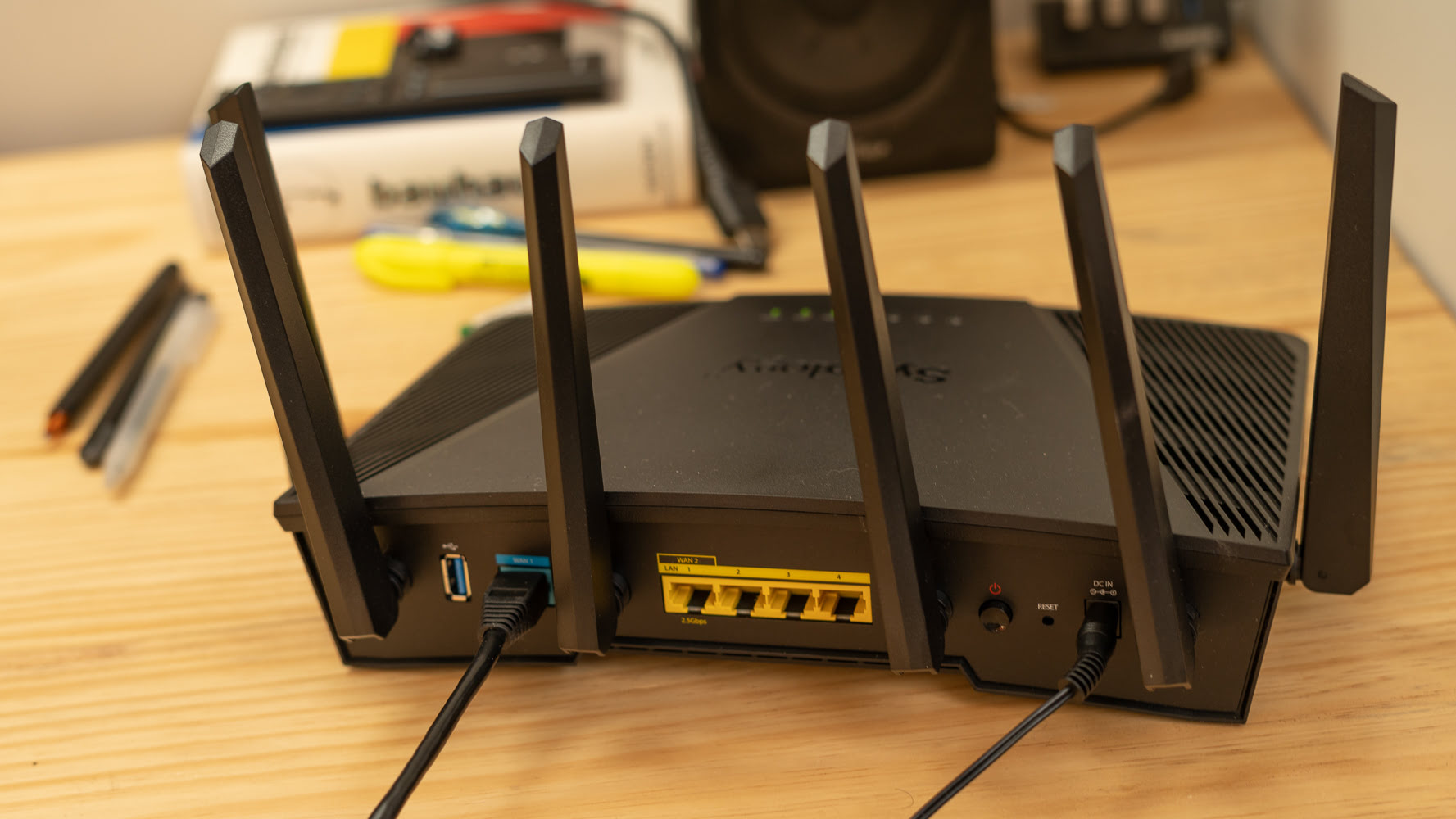
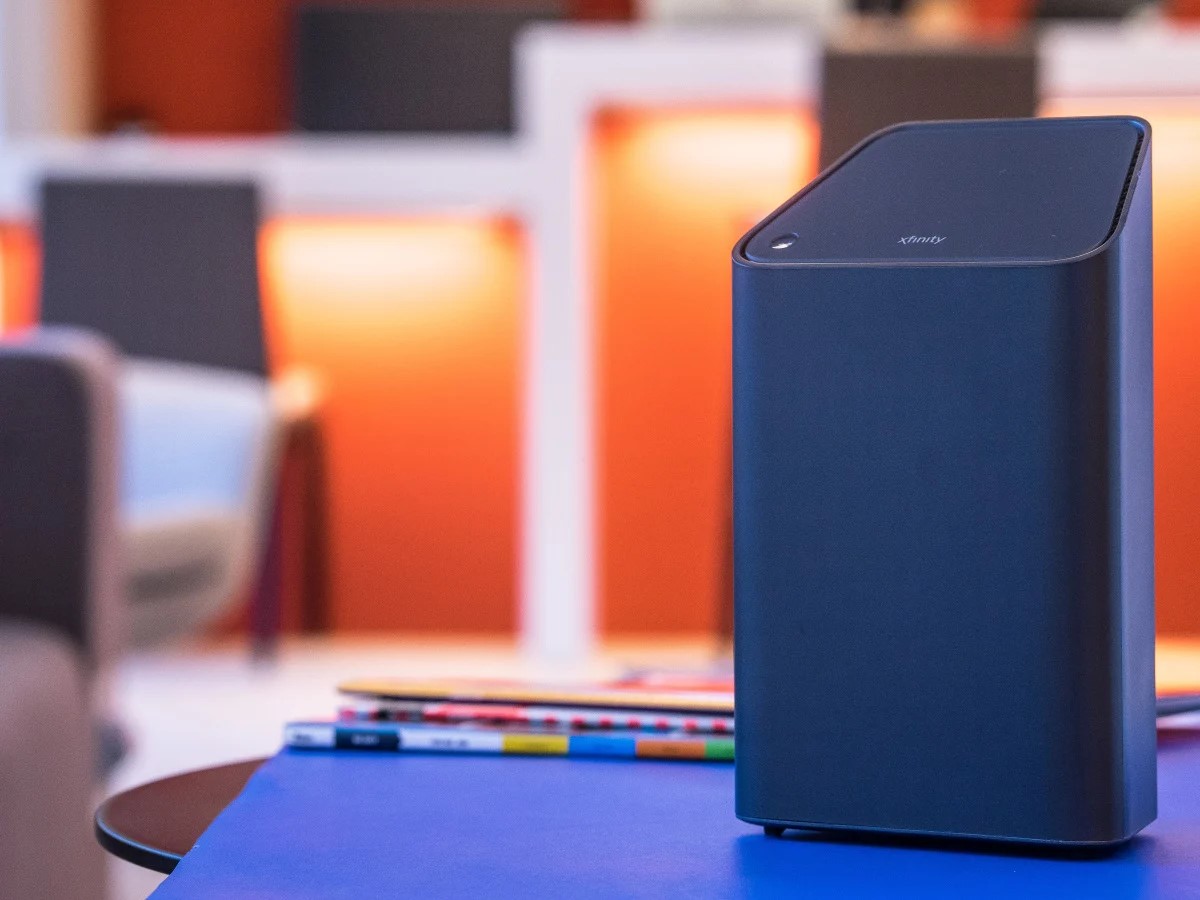

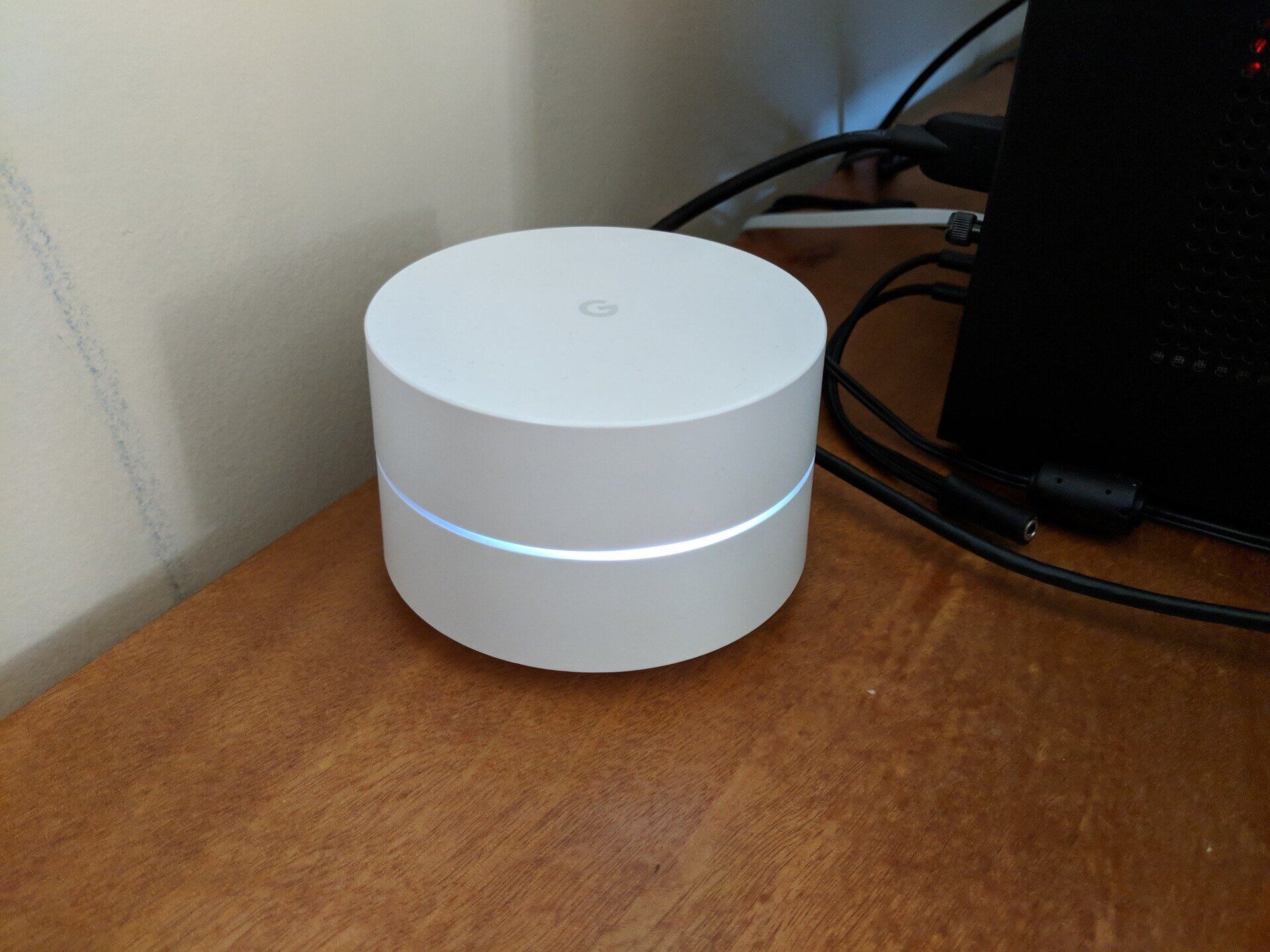
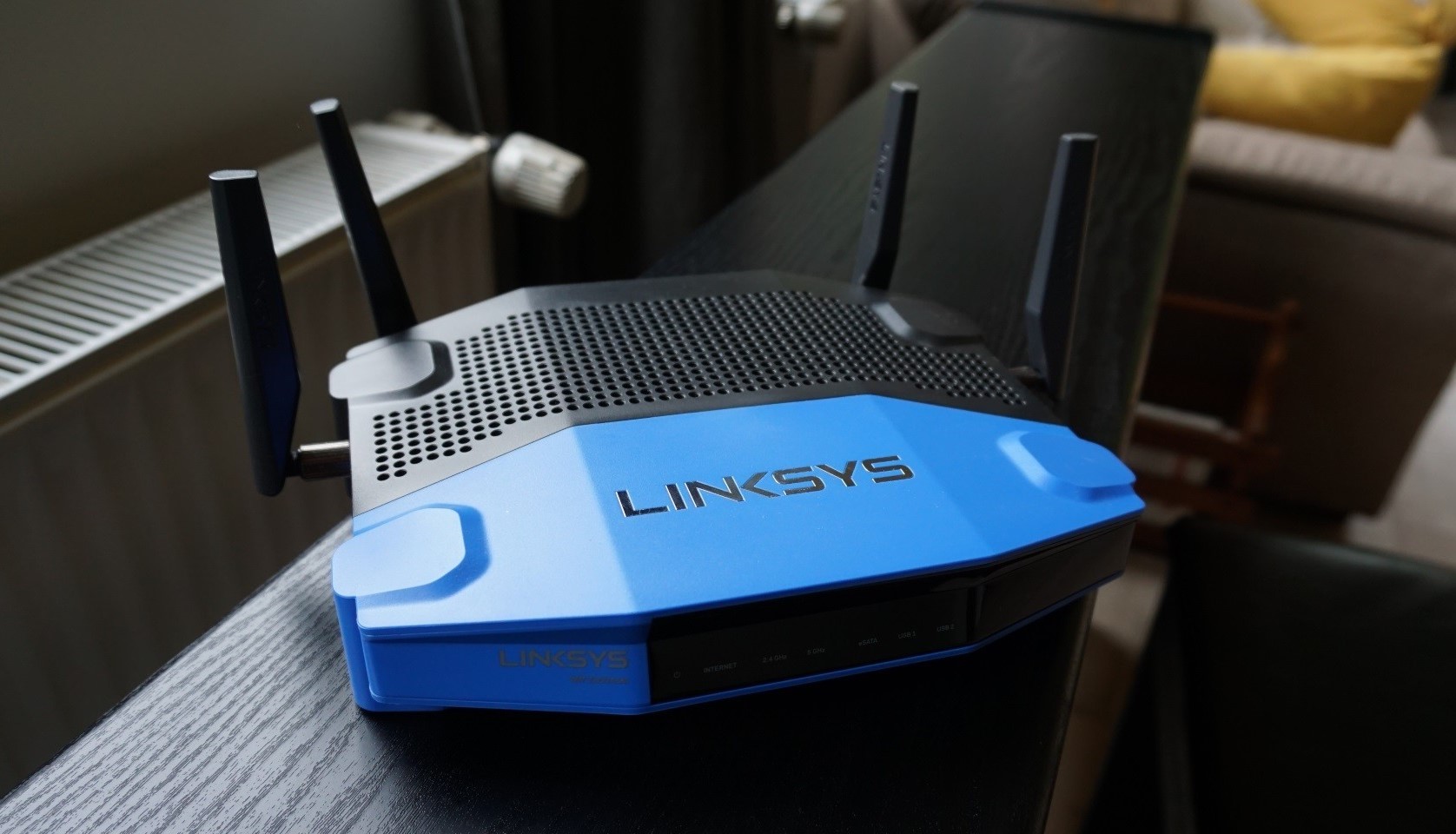
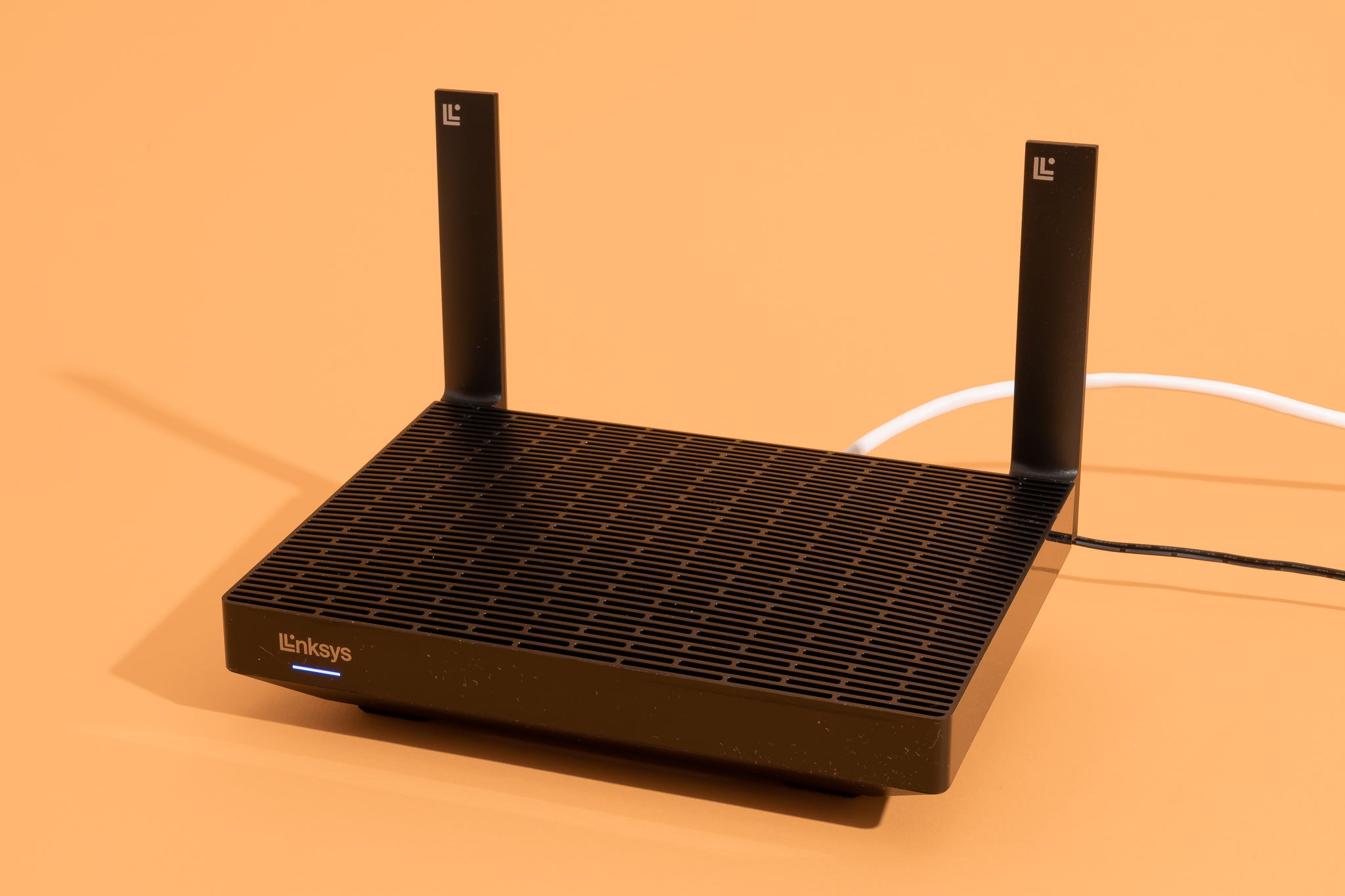
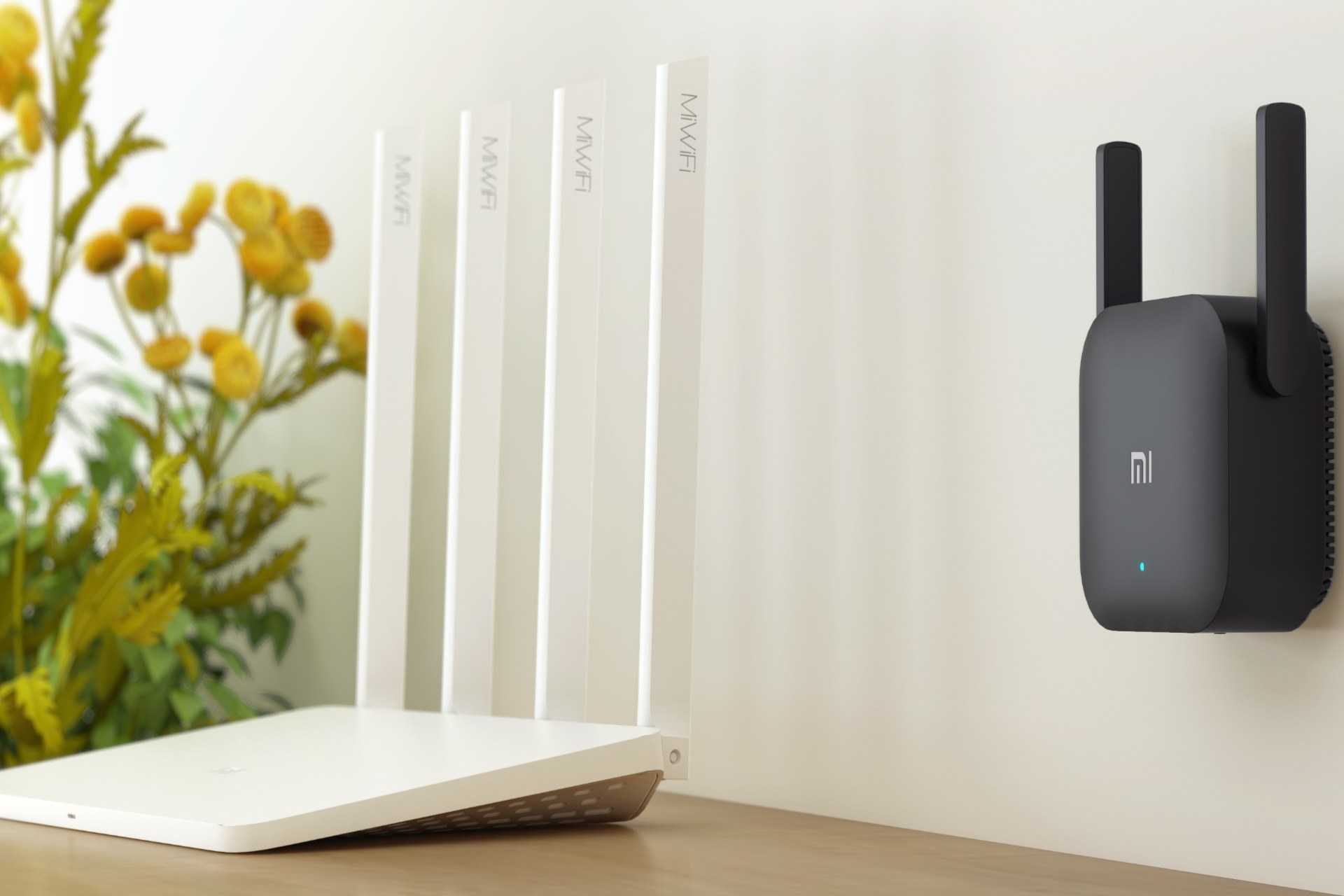
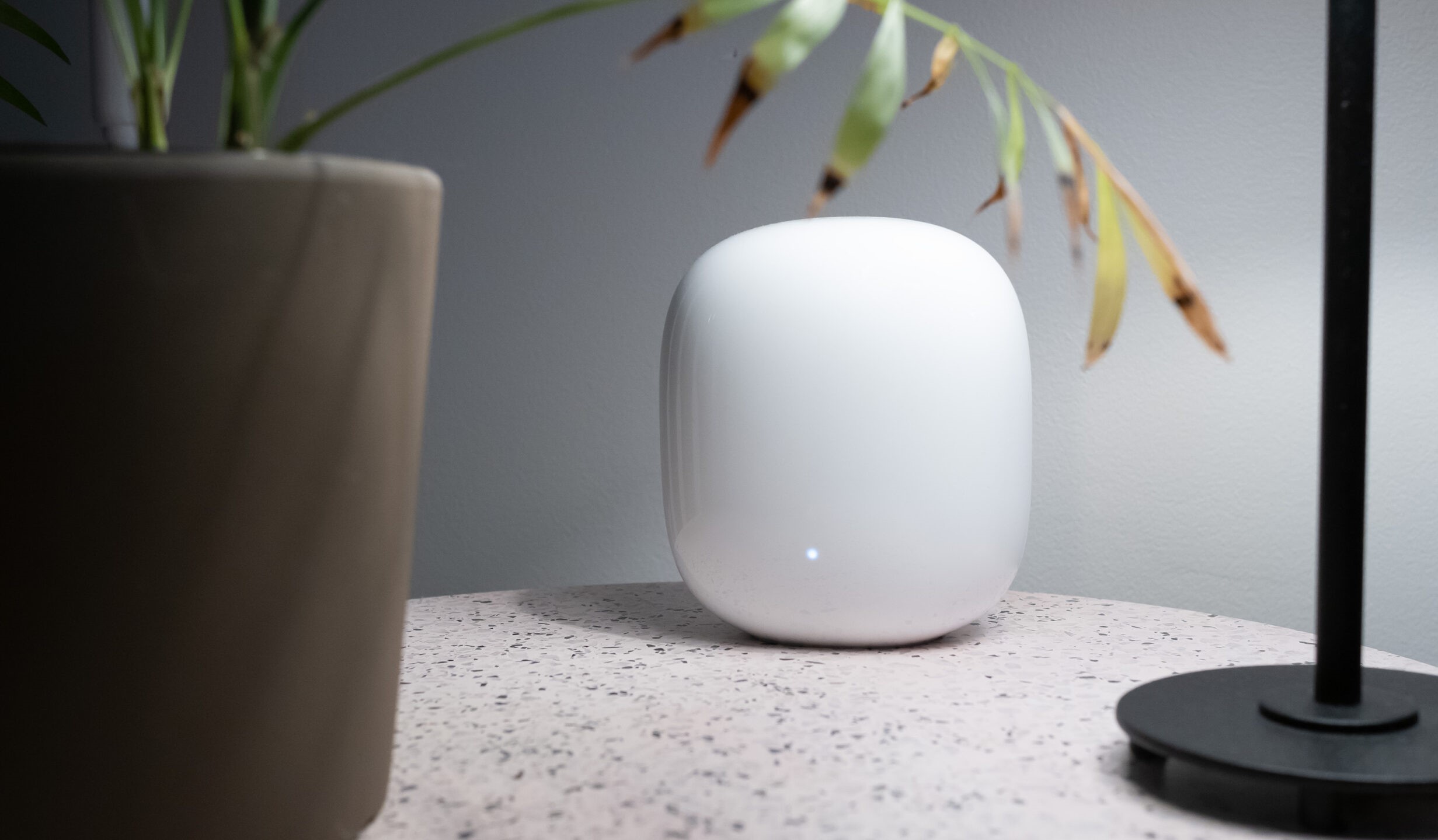
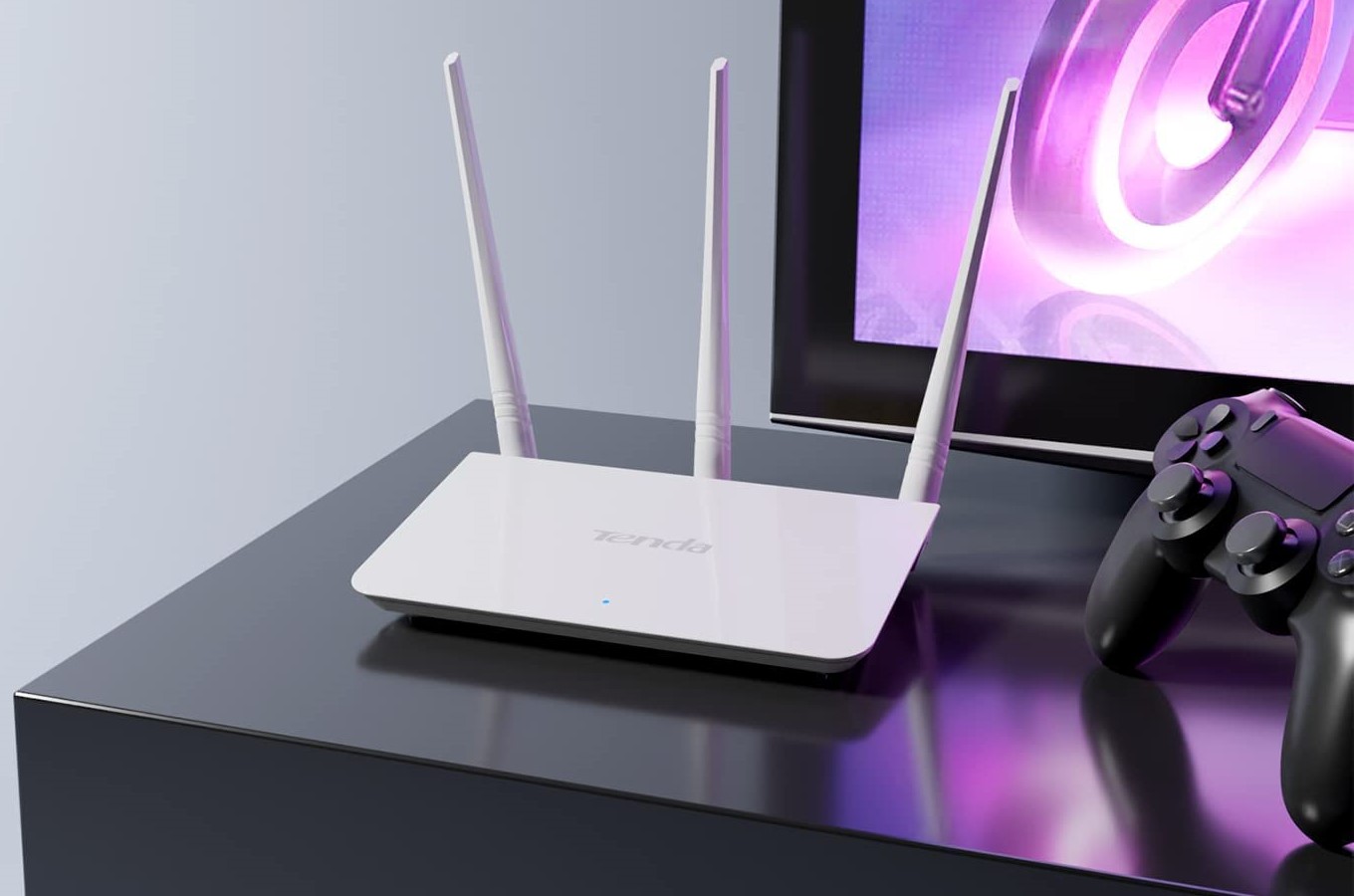
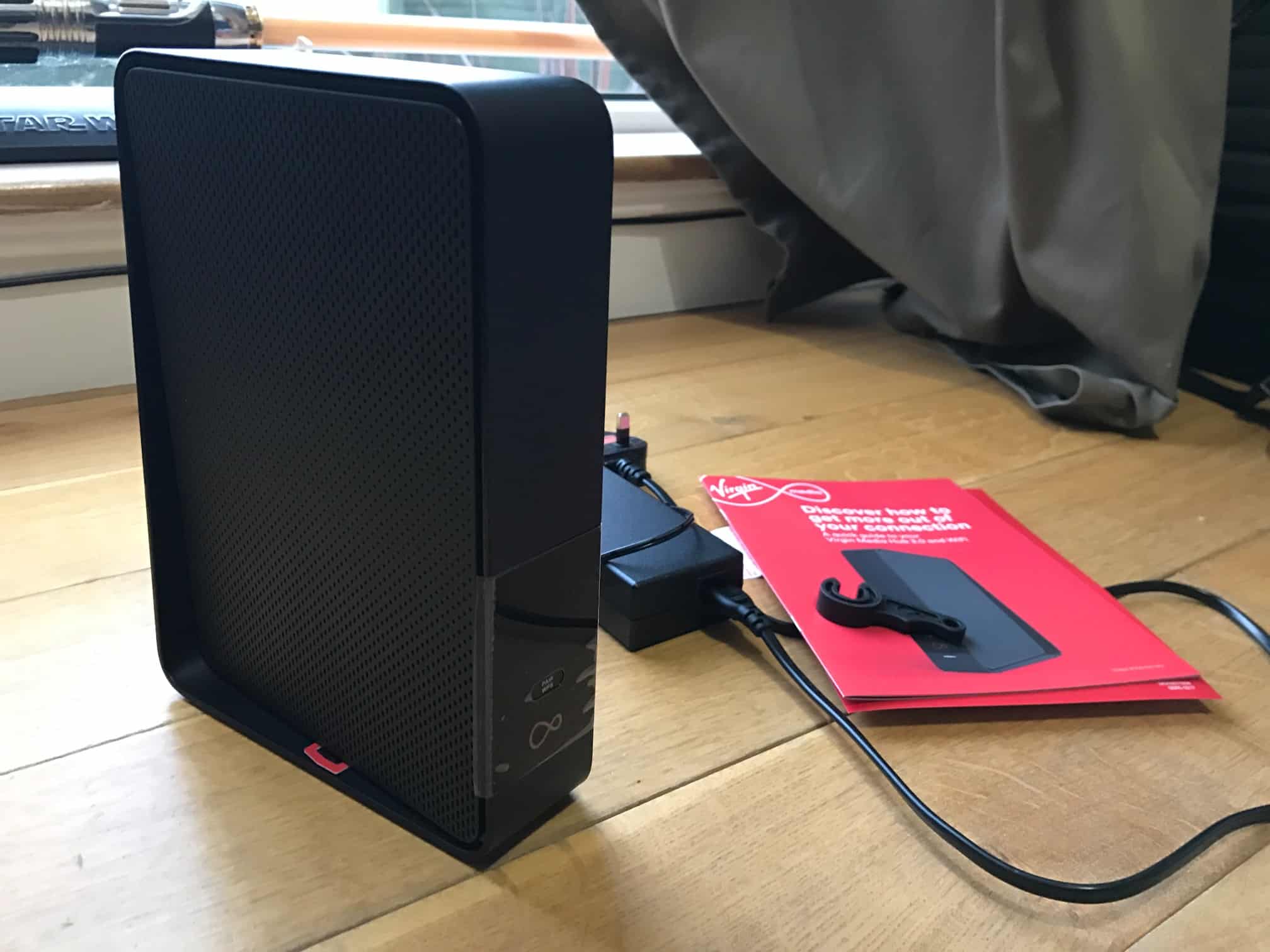
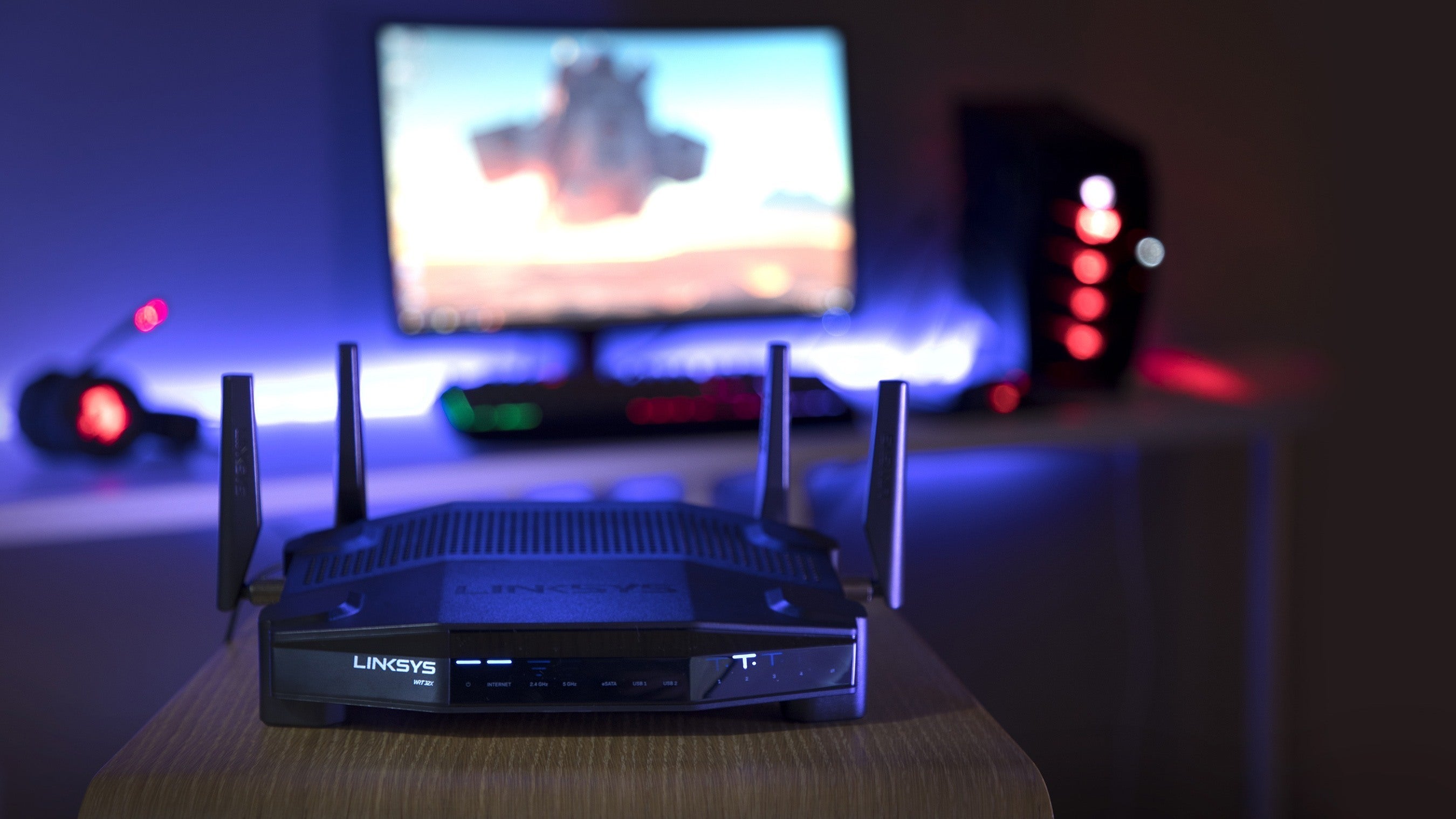
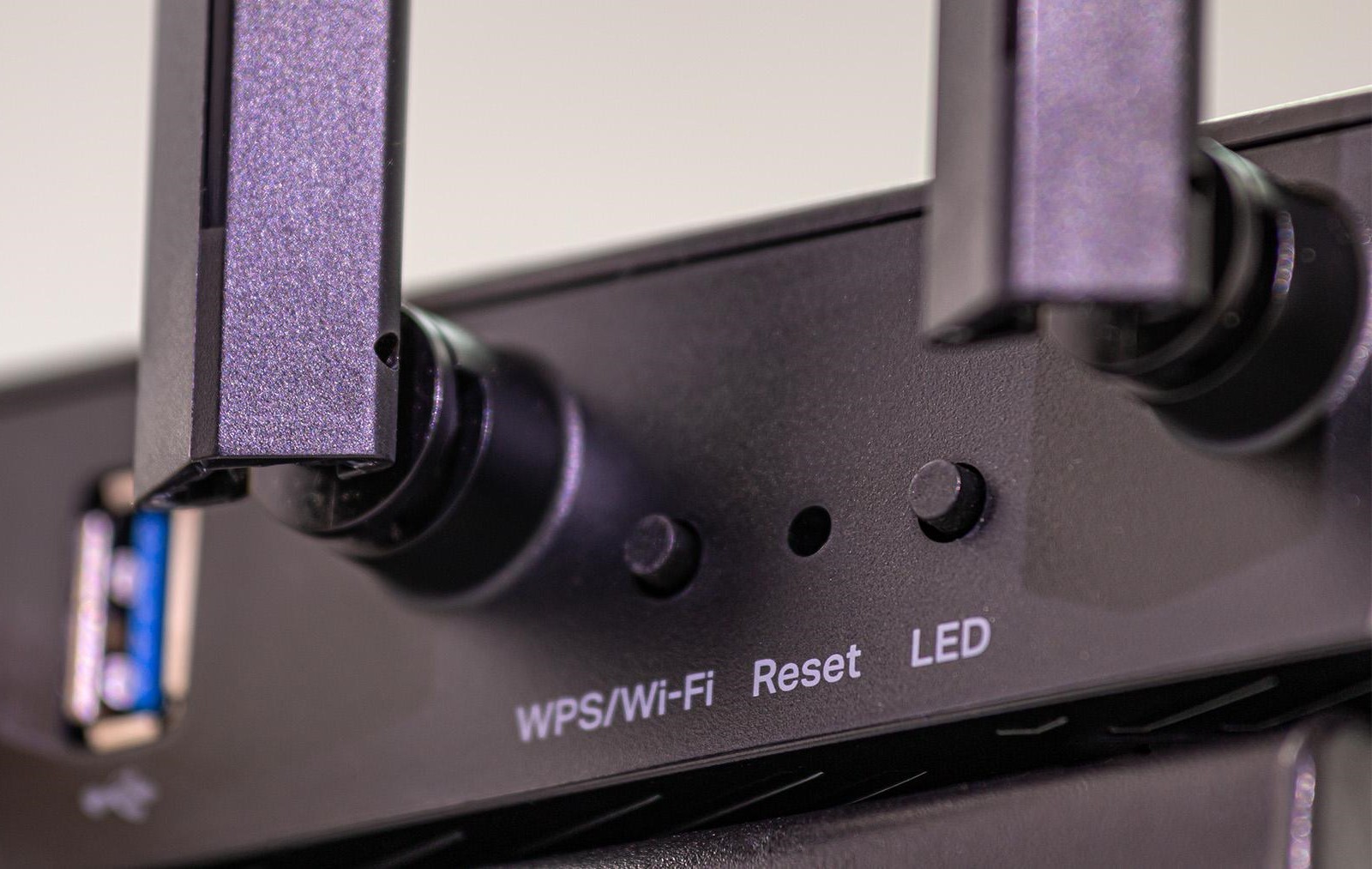
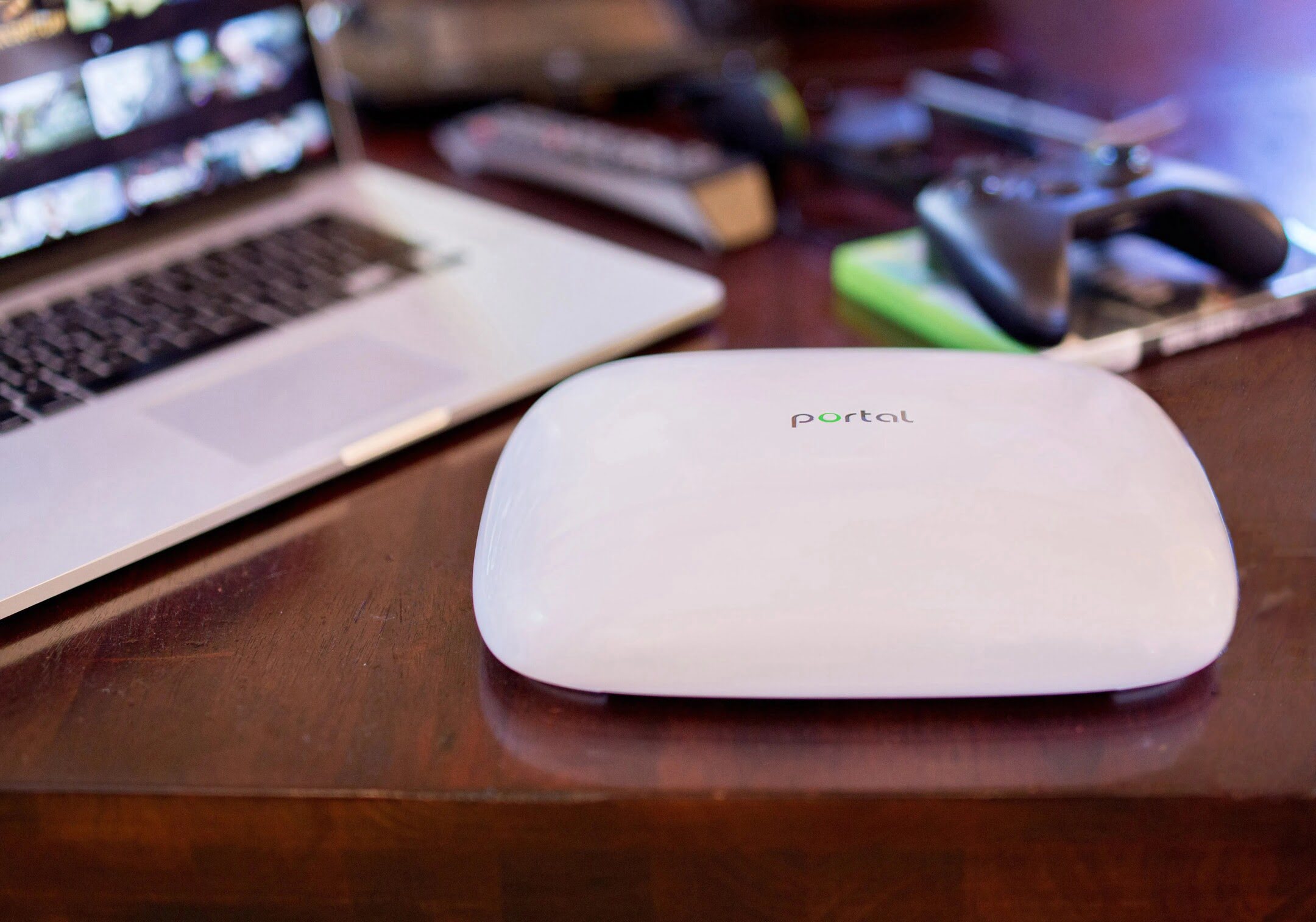
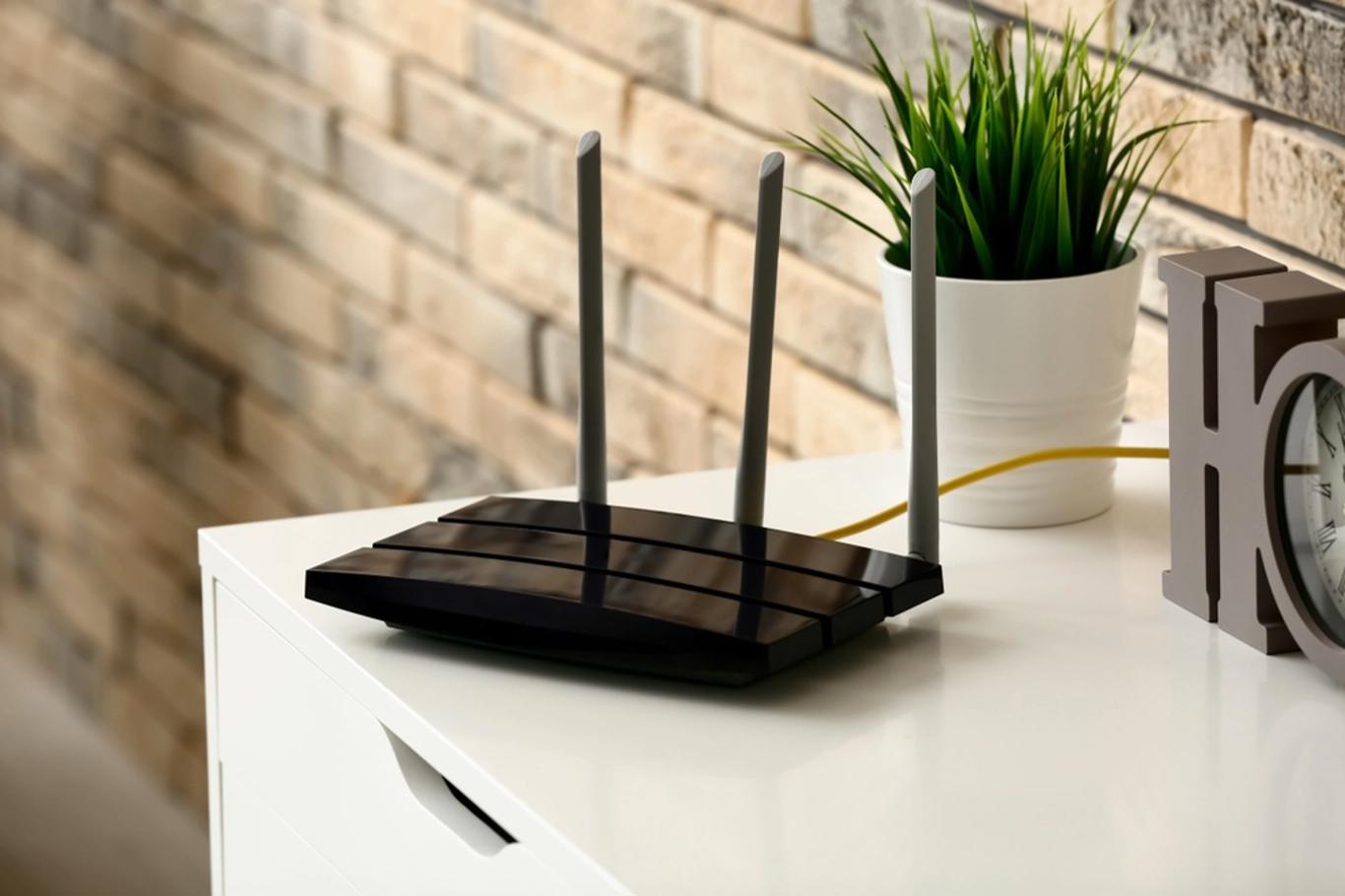

0 thoughts on “How To Set Up Your Own Wi-Fi Router”